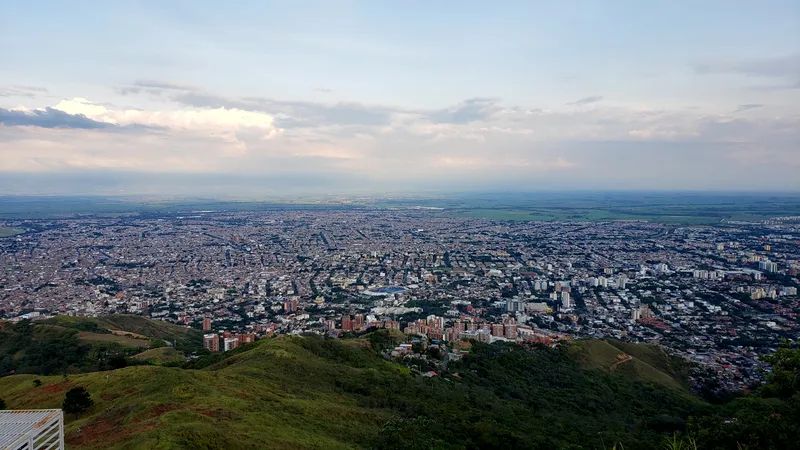The tunnel forms part of a wider project to improve infrastructure links in Antioquia Department, with work to 18 tunnels and 30 bridges planned to be complete by 2028. Construction for a stretch of road from Santa Fe to the start of the Toyo Tunnel is expected to start in 2019. The tender for this stretch will be held shortly and will be managed by Colombia's National Road Institute (
Construction of the La Quiebra tunnel, also in Antioquia department, is now underway. This work is costing $223.5 million and the tunnel forms part of the Vias del Nus road project. The tunnel will measure 4.1km long and will cut journey times from Porcesito to Cisneros by 30 minutes when it is complete. The road project includes a 24.3km-long dual-carriageway between Pradera and Porcesito and the addition of a third lane along 2.7km at San Jose del Nus-Alto de Dolores road. It also includes rebuilding a 35.6km section from Cisneros to Alto de Dolores. Once the project is complete it will boost travel connections from Medellin to Valle de Aburra, reducing the journey time from 3.5 hours to 2 hours.
Colombia tunnel construction contract commencing
Driving work has commenced for Colombia’s Toro Tunnel project. The tunnel will measure 9.8km long and is located in Colombia’s Antioquia Department, with the completion expected in 2022. The project is costing US$650.5 million and the link is intended to provide a link between the Autopista al Mar 1 and Autopista al Mar 2 highways. When complete the tunnel will also cut the travel time between Medellin and Uraba to four hours.
February 5, 2018
Read time: 2 mins
Driving work has commenced for Colombia’s Toyo Tunnel project. The tunnel will measure 9.8km long and is located in Colombia’s Antioquia Department, with the completion expected in 2022. The project is costing US$650.5 million and the link is intended to provide a link between the Autopista al Mar 1 and Autopista al Mar 2 highways. When complete the tunnel will also cut the travel time between Medellin and Uraba to four hours.







